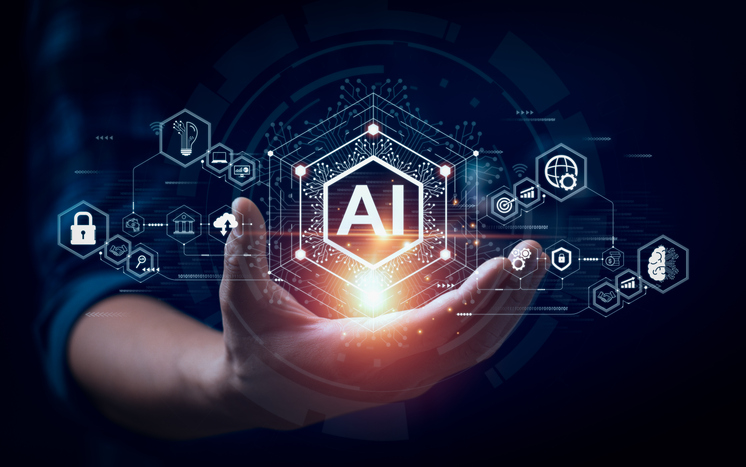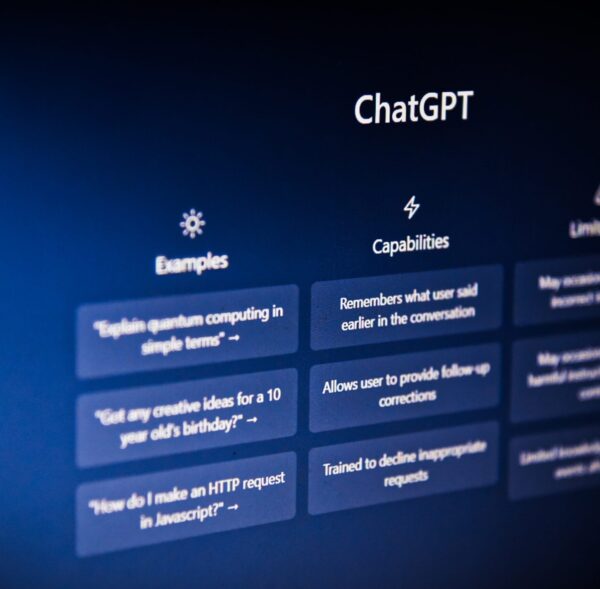SA Department of Education releases valuable AI guide for educators and parents

The South Australian Department of Education has published information about artificial intelligence (AI), including how it may be used in education.
Although targeted at communities that engage in the school system, the guide contains valuable explanations that support teachers, students and parents and educators to take advantage, and be aware, of the benefits of technology responsibly and ethically.
What is artificial intelligence and generative AI?
Artificial intelligence (AI) refers to the ability of systems or computers to do things that would normally require human intelligence. AI is used in many products and services we use daily, from search engines to smartphone assistance.
Generative AI can understand instructions and produce or deliver meaningful content. It uses the data it was trained on to generate new data that has similar characteristics. Currently the most popular generative AI tool is ChatGPT.
What are the different types of AI tools and what they can do?
Chatbots and image generators
Chatbots are software apps or tools, usually online, that can understand language inputs and produce language outputs. Simply put, you can ask for information, and the chatbot gives you an answer. Chatbots use generative AI and large amounts of data.
These include ChatGPT and can:
– craft an original story
– write an essay on a given topic with citations and references
– write a poem
– summarise content
– explain complex concepts in simple terms.
Chatbots also include other generative AI tools that can make new images or videos like Dall-E. These tools learn from large datasets of images. They can generate new images that are similar in style and content.
Intelligent tutoring systems
Intelligent tutoring systems use AI to provide personalised learning with instructions and feedback. They learn patterns and adapt to the learning needs of a student based on their responses and behaviour.
Intelligent tutoring is dialogue-based: the student enters a written or spoken response (for example to an assignment), and the tutoring system gives feedback or prompts the student to think about the topic more deeply.
Examples of these systems include Microsoft Reading Progress and Lexia Core5 (Apple).
How can students use AI tools for their learning?
AI tools can support student learning in a variety of ways for example:
– answer simple questions on a topic
– start creative tasks, like stories or poems
– explain information in different ways to help their understanding
– create a study timetable or program
– test their knowledge or prepare practice questions
– combine information from different sources
– paraphrase information
– learn about critical thinking
– explore the impact of emerging technology.
How do teachers use AI to support teaching and learning?
Chatbots offer opportunities for teachers to streamline tasks, generate ideas and tailor learning.
A teacher could use AI tools:
– as a starting point for lesson planning
– for rewording information so that students at different stages of learning can understand it
– for inspiration on topics
– to create or prompt questions as the basis for conversations or assessments for students
– to tailor a task to support engagement.
What do parents and educators need to be aware of?
AI offers opportunities in education and these will change over time. When considering the use of AI tools, you should keep in mind:
– privacy
– security
– the child’s learning needs.
– age and access
For some AI tools, users need to be over a certain age. This depends on the platform’s terms of service. For example, for ChatGPT and DALL-E the minimum age is 13 and users under 18 need their parent or carer’s consent to use the platform.
Content produced by AI tools
Chatbots sometimes provide answers that cannot be tracked back to the source information. They can sometimes produce false references to support answers. They can also make things up, which is known as an AI ‘hallucination’.
AI responses should not therefore be taken as a source of truth. Fact checking and referencing before relying on AI generated content should be conducted.
Other concerns include AI responses may hold biases against individuals or groups, image generators could be used to generate inappropriate content that may not be intentional or perhaps most importantly for students AI could be used for plagiarism.
Safety and privacy
Information and content entered into generative AI becomes the property of the owners of the tool. This includes images that are uploaded. Terms and conditions may allow the owners to reuse the content. It’s not always clear how AI providers secure the data.
The department recommends that schools and students don’t enter personal information into generative AI tools such as ChatGPT or image and video generators.
How you can help children use AI for their learning
The use of emerging technology in education is most effective when families, students and teachers work together.
Parents are encouraged to talk to their child about AI and how they can use it. Parents can help them navigate this advancing technology and learn how they’re already using it.
Some things to discuss include:
– How are they already using AI to support their learning and what types of AI tools have they used?
– How have those AI tools helped their learning? What did it help them do?
– How they can help you use AI: From their experiences, what could they teach you about how to use AI?
– How do they see AI being used in the future, in their education and after school?
– How are they using AI outside of learning? Are they using it instead of search engines to find information?
– About academic honesty when using AI at school: How can they use AI to support their own original thinking rather than replace it?
– Do they understand that AI responses aren’t always accurate and need to be fact checked?
– About interesting and informative responses: What interesting responses has AI provided that has helped them develop their own creative ideas?
– About inappropriate or unusual responses to questions: If they use AI, has it ever given any strange or unexpected responses?
– Protecting privacy when using AI: You could use AI together to research how data is stored by tools like ChatGPT and who owns it.
These conversations can help to reinforce messages about AI that children receive at school.
Australian Framework for Generative Artificial Intelligence in Schools
Education Ministers from all Australian states and territories have agreed that responding to the risks and harnessing opportunities from generative AI technologies is a national education priority.
The framework is designed to help Australian school communities, including students, teachers, staff, parents and carers, support:
– educational outcomes
– ethical practices
– equity and inclusion.
Where to from here?
AI technologies will continue to advance. This means we need to keep adjusting our thinking, practices and processes.
AI also offers positive opportunities in teaching and learning, and these are likely to grow in the coming years.
AI-enabled educational technologies have the potential to:
– drive innovative teaching practices
– better personalise student learning
– help to streamline teaching tasks and other school administration.
To read the original report please click here.
Popular

Workforce
Quality
Research
When did it start to go wrong?
2025-12-18 08:00:46
by Fiona Alston

Quality
Practice
Research
Small ways to teach babies and toddlers body safety and consent in early learning
2025-12-15 08:00:40
by Fiona Alston

Quality
Research
Food safety in early learning centres: Protecting children through better practices
2025-12-15 07:45:24
by Contributed Content
















